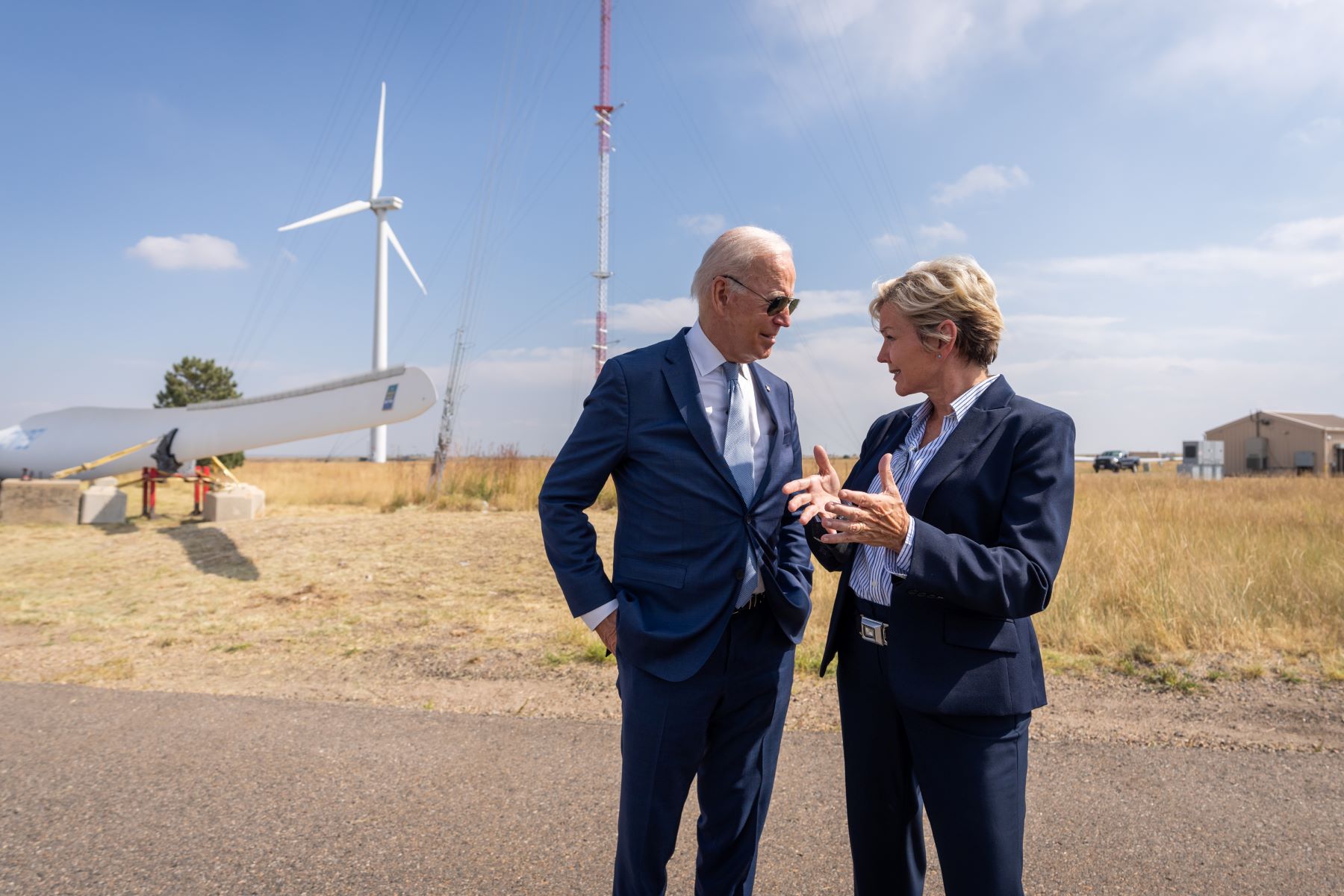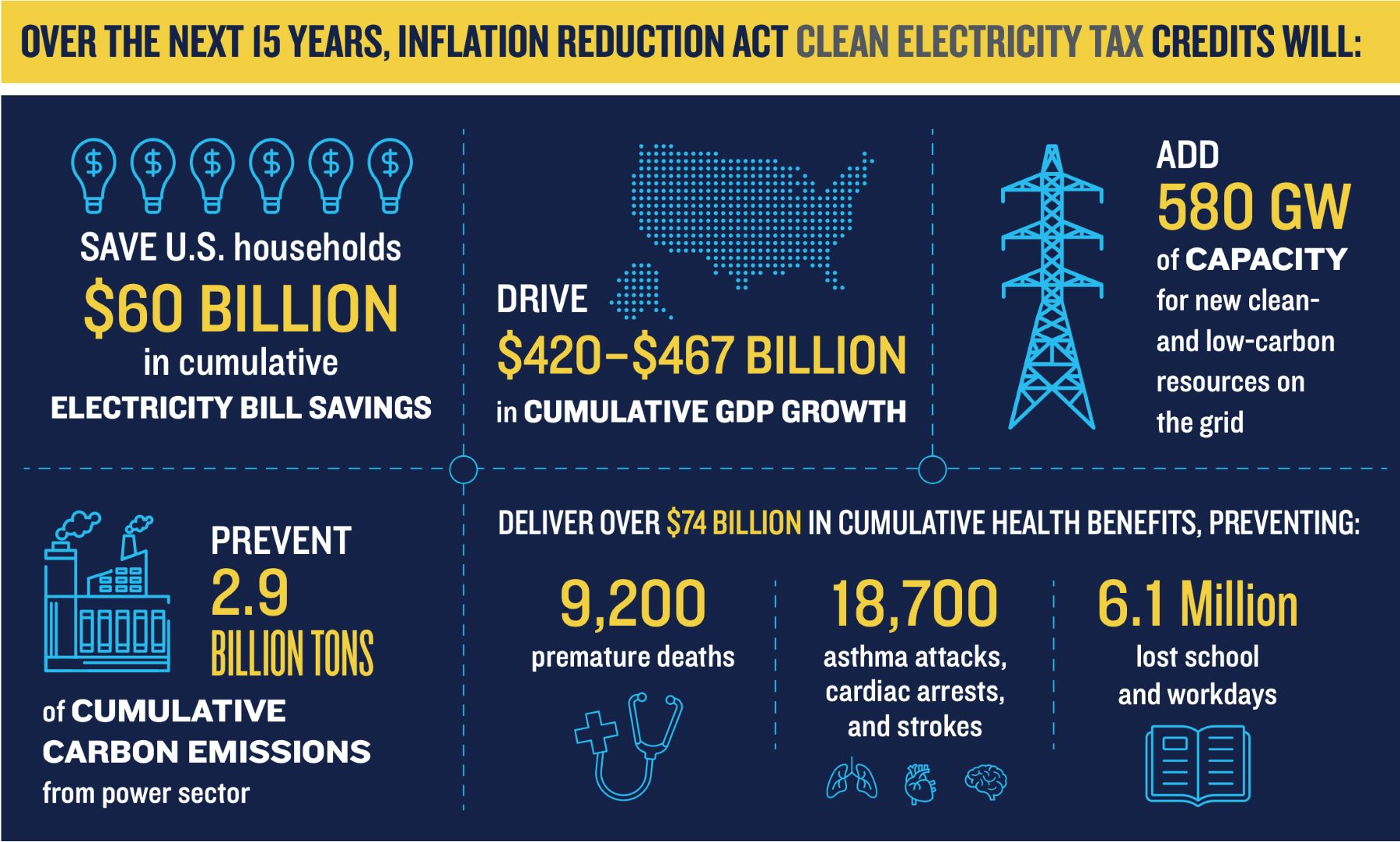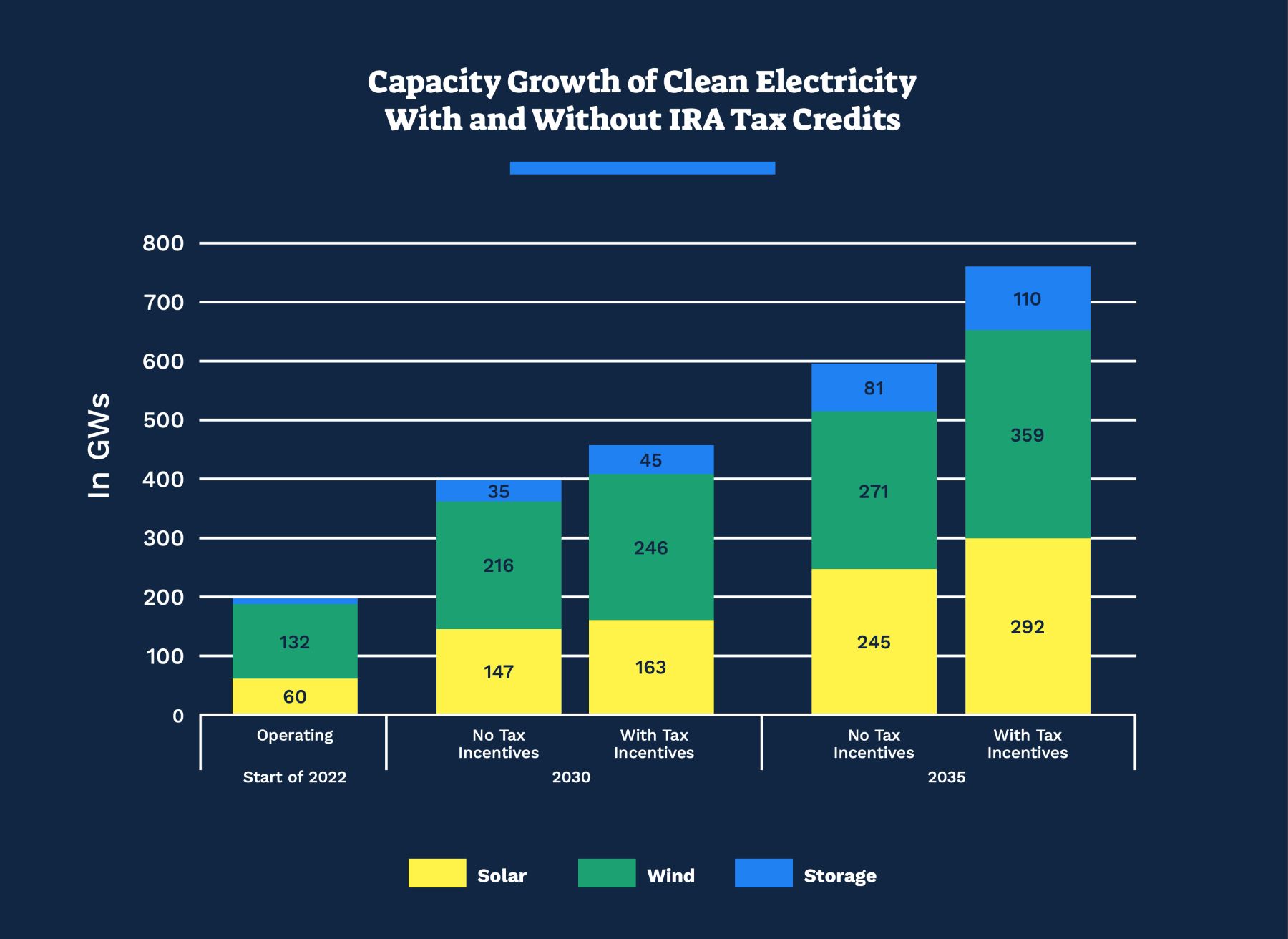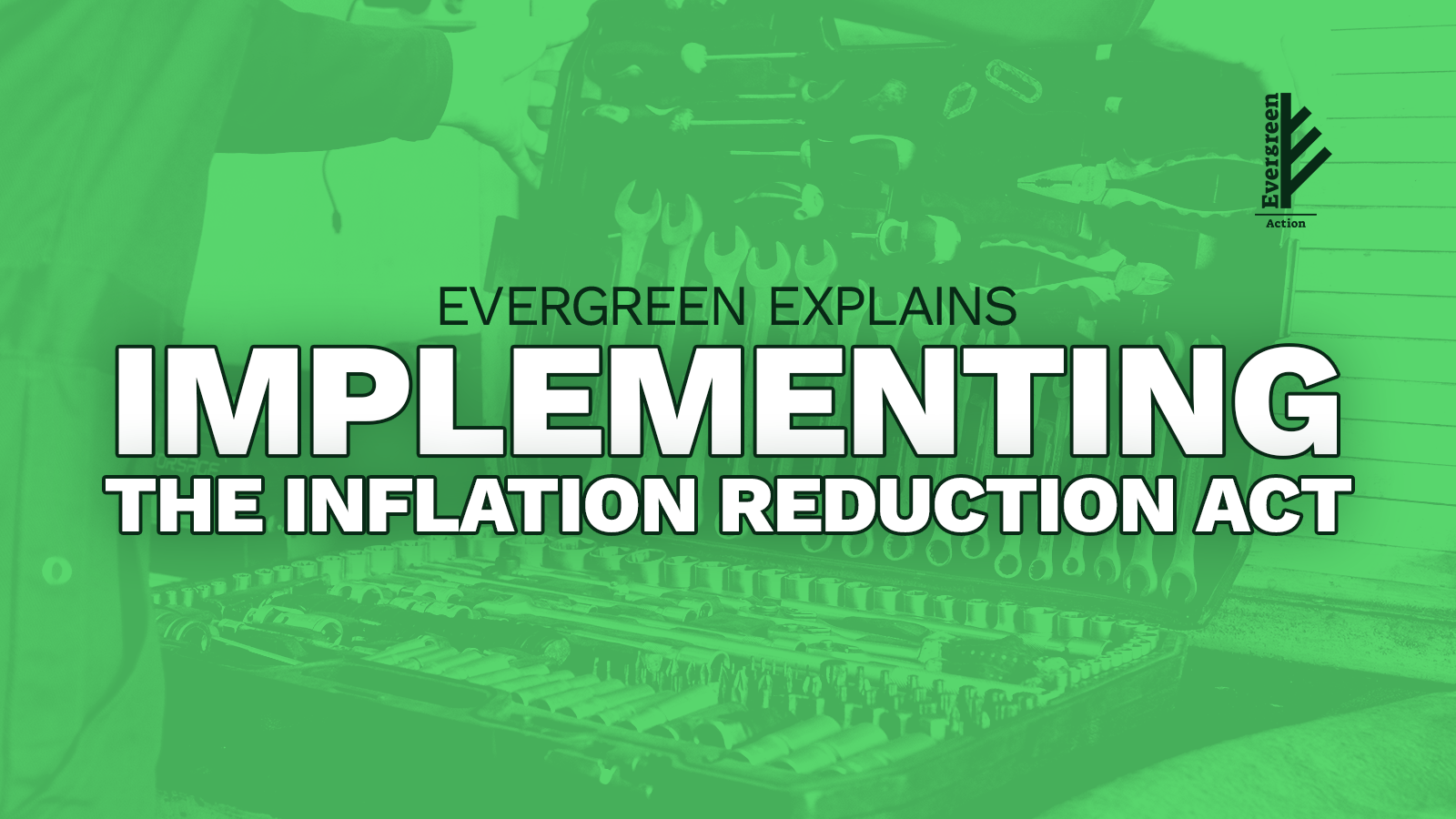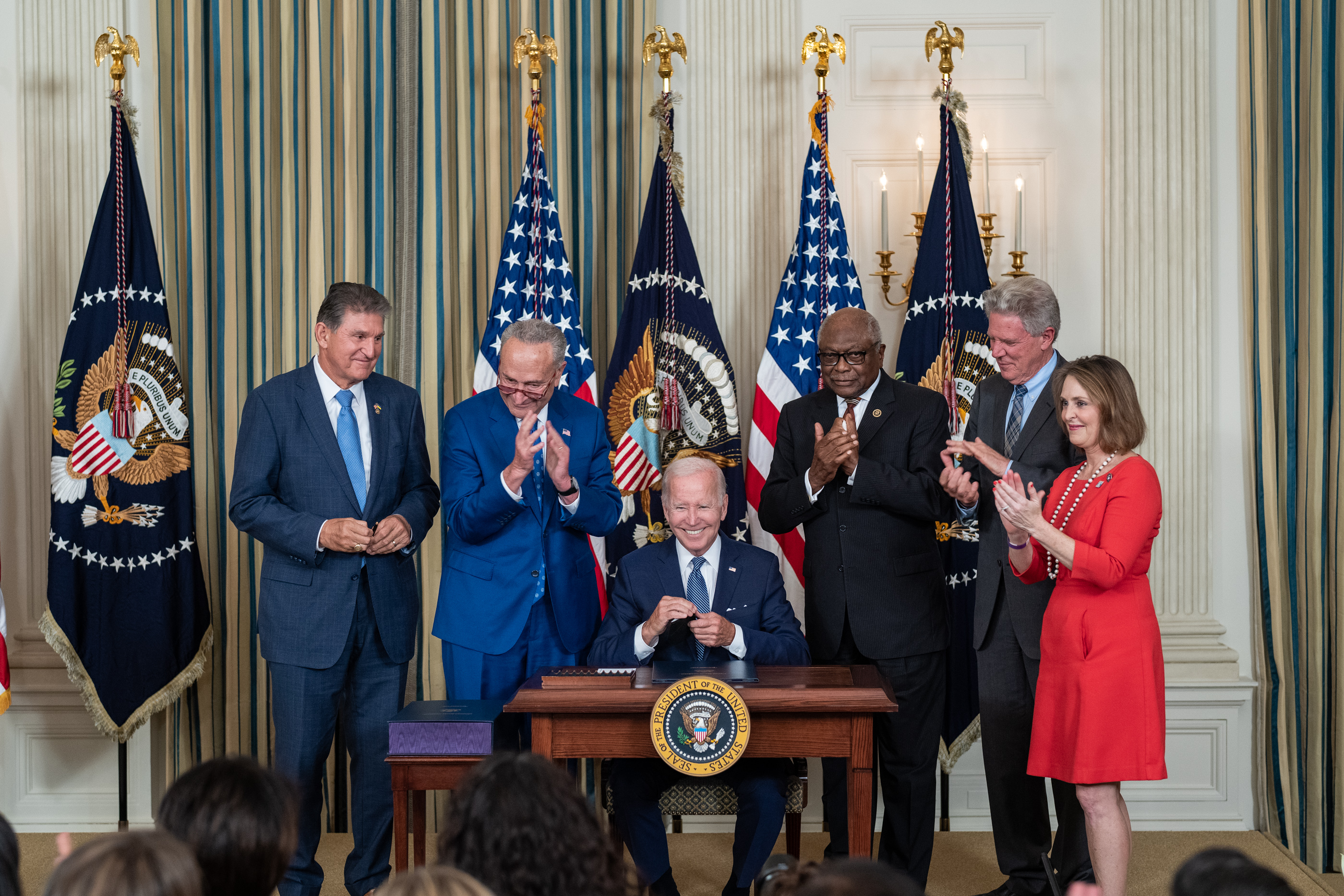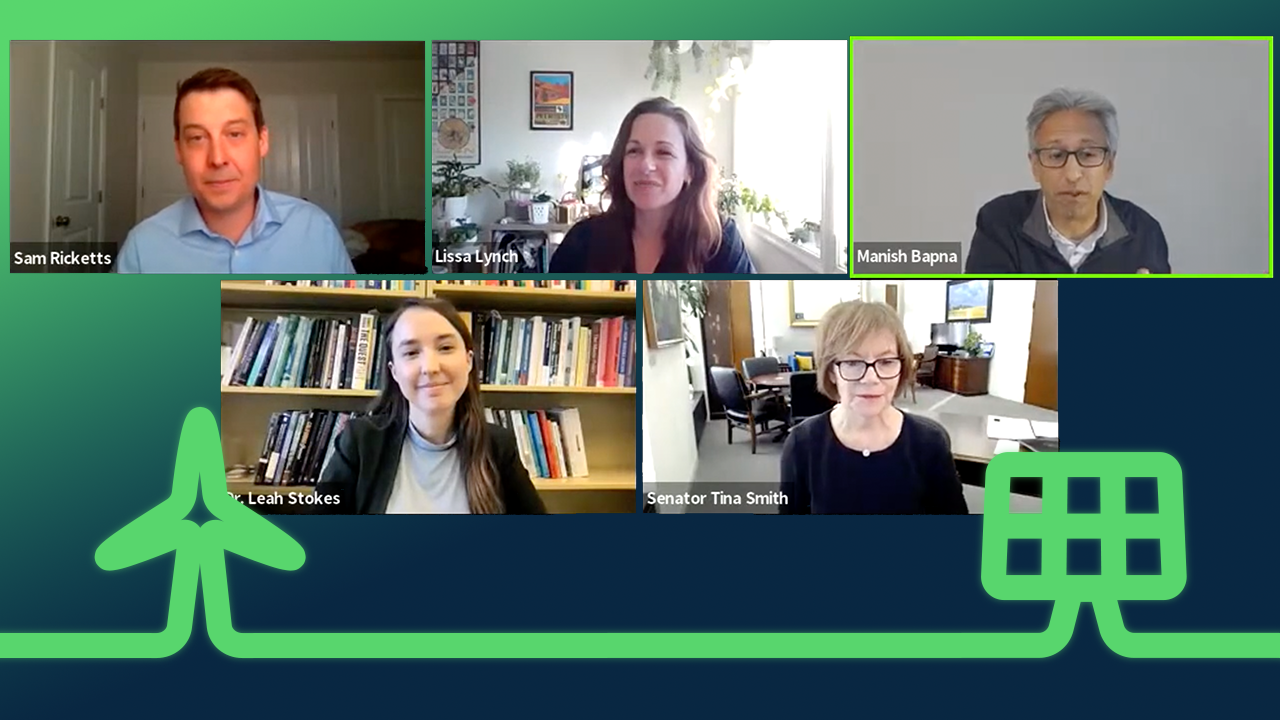DOE Loan Guarantee Program
The IRA includes $8.6 billion for DOE loan guarantees, enabling $290 billion in loan guarantee authority. The DOE Loan Guarantee Program, which sits within DOE’s Loan Programs Office (LPO), is a powerful tool for leveraging major private sector investment in clean and innovative energy technologies, especially for grid decarbonization. These investments include $5 billion for a new Energy Infrastructure Reinvestment Program, enabling up to $250 billion in loan guarantee authority, to retool, repower, repurpose, or replace retired energy infrastructure (like coal power plants), or build new clean energy infrastructure. Because of the substantial capital utilities invested in the construction of fossil fuel power plants and unpaid debt on those projects, utilities often want to hold onto their existing fossil facilities. Loans and loan guarantees can help utilities refinance this debt, retire old facilities, and put the savings into new clean energy infrastructure. With large amounts of new loan guarantee authority, DOE must quickly ramp up its operations and staffing to get loans out the door in a timely manner. The $250 billion to retool, repower, repurpose, or replace fossil fuel infrastructure, for example, must be spent by 2026. There is no time to waste.
The IRA also included $3.6 billion for clean energy loan guarantees, which enables another $40 billion in loan guarantee authority. Loan guarantees (and public finance instruments writ large) are powerful tools that can catalyze private investment far beyond the level of funding appropriated by Congress.
USDA Rural Utilities Financing
The IRA provides $12.8 billion to help rural communities deploy more clean energy, including $9.7 billion for U.S. Department of Agriculture (USDA) loans to rural electric cooperatives to obtain renewables and other carbon-free energy. These funds could be used to help rural co-ops retire their large coal fleets. Through the USDA Rural Energy for America Program, a further $3 billion is available for rural energy loans and grants for renewable energy, including up to $1 billion for all electric service providers, whether cooperative, municipal, investor-owned, or Tribal.
The USDA Rural Utilities Service (RUS) should use its IRA funds to prioritize construction of clean energy projects that permanently replace coal generation on the grid. RUS should also fund planning and support for workforce transition for those displaced by these retirements.
This use of funding—replacing coal generation with clean energy—would have the highest impact in reducing carbon pollution, improving air quality and public health in rural communities, and lowering power costs for co-op owner-members. Any other use of funds, including for investments that prolong fossil generation, would not be in compliance with the IRA’s clear statutory mandate to maximize carbon pollution reductions— and would be a missed opportunity for the communities RUS was designed to serve. Since IRA’s clean energy tax credits offer direct pay to nonprofits, co-ops have a golden opportunity to retire polluting coal assets and transition to lower-cost clean energy.
EPA “Force Multiplier” Programs
Greenhouse Gas Reduction Fund
The IRA provides $27 billion towards the Greenhouse Gas Reduction Fund (GHGRF) administered by EPA (Sec. 60103). The EPA Administrator is responsible for the distribution of funds, which will become available no later than Spring of 2023, and must be expended to funding recipients before the end of 2024. Through the GHGRF, EPA has the opportunity to support state and local clean energy leadership, and to build a robust nationwide ecosystem of green and equitable finance—allowing people and communities to leverage public and private sector investments for climate solutions. The GHGRF can and should be a powerful force in building a cleaner, more resilient, affordable, and equitable power sector.
The funding made available within the GHGRF is allocated into two programs:
- Zero-Emission Technologies Program: The zero-emission technologies section allows for $7 billion in grants to be made available to States, municipalities, Tribal governments, and non-profit institutions, to provide grants, loans, and financial assistance to enable low-income and disadvantaged communities to deploy zero-emission technologies like distributed solar. These funds should be prioritized for state, local, and Tribal programs that demonstrate a plan to deploy these investments equitably and effectively toward program goals.
- Clean Energy Accelerator: The Accelerator provides approximately $20 billion for grants to be made available to non-profit financing authorities to fund projects or efforts that reduce or avoid GHG pollution. The low-income and disadvantaged communities section ensures that at least $8 billion, or 40 percent, supports low-income and disadvantaged communities, consistent with President Biden’s Justice40 initiative.
The EPA and the public and non-profit entities eligible to apply for these grant funds will play a significant role in shaping the impacts of this program. EPA has a great deal of responsibility in choosing which projects will receive funding, including the authority to decide what carbon pollution-reducing projects will be deemed “appropriate” for funding. As we have seen with other actions this administration has prioritized, EPA should favor projects with the greatest potential to reduce GHG pollution, those that support high-quality union jobs, and projects that benefit low-income and disadvantaged communities.
State Climate Pollution Reduction Grants
The Climate Pollution Reduction Grants program, also called the “State Climate Grants” program, consists of $5 billion for states, air pollution control agencies, municipalities, and Tribal nations to develop and implement plans to reduce GHG pollution. This is an important program that EPA and the Biden Administration can use to support the next generation of state climate leadership—and state leadership on 100 percent clean energy.
This program is largely based on the State Clean Energy Challenge Grants first proposed in President Biden’s American Jobs Plan. It consists of three elements: 1) State Climate Planning Grants: $250 million, which must be spread to at least one entity in each state; 2) State Climate Implementation Grants: $4.607-$4.75 billion; and 3) State Climate Administrative Funding: $142.5 million (3 percent of Implementation Grants). EPA grants can cover all sectors of the economy—there are exciting opportunities for states to use these grants to lock in faster policy change toward power sector decarbonization.
Environmental and Climate Justice Block Grants
The IRA funds $3 billion of Environmental and Climate Justice Block Grants for community-led projects to improve local environmental and public health in frontline and disadvantaged communities and to build community capacity to address disproportionate pollution and climate impacts. Grant projects could cover a range of activities, including pollution monitoring and prevention, climate resilience investments, mitigating health risks from climate-related events like heat waves and wildfires, increasing community engagement in public processes like rulemakings, and other small projects—including those that advance clean, renewable energy.
These funds are intended to go directly to disadvantaged communities for programs proposed and led by communities themselves, and EPA should prioritize applications accordingly. Funds for technical assistance can help build capacity in disadvantaged communities and assist organizations in applying for other grant opportunities.
The Environmental and Climate Justice Block Grants program is one of the IRA’s most critically-important tools for advancing environmental justice and equitable economic opportunity. It has the potential to support communities in building and realizing their own clean energy future, for themselves. One of the greatest opportunities for many disadvantaged communities could be in using these resources to help shut down polluting power plants and to build locally-developed and owned renewable energy and energy storage projects instead.
